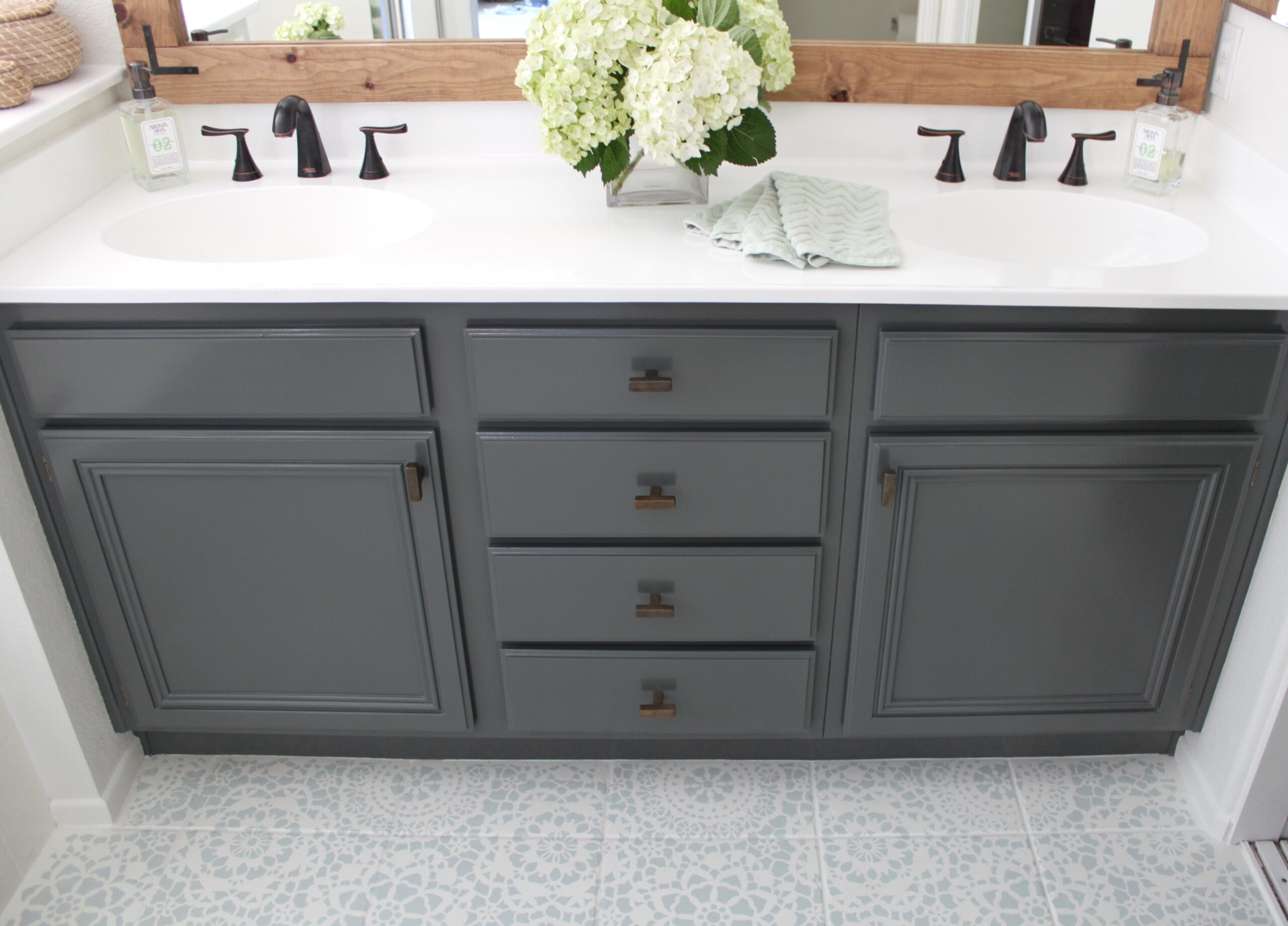Planning Your DIY Bathroom Wall Cabinet

Building a bathroom wall cabinet is a great way to add storage and style to your bathroom. Before you start cutting wood, it’s important to plan out the design and dimensions of your cabinet. This will ensure that your cabinet fits perfectly in your space and meets your storage needs.
Determining Cabinet Dimensions
The first step in planning your cabinet is to determine its dimensions. This involves considering the available space in your bathroom, the storage needs you want to meet, and the desired aesthetic of the cabinet.
- Measure the available space: Before you start designing your cabinet, carefully measure the available wall space where you plan to install it. This will help you determine the maximum width and height of your cabinet. Remember to consider any obstructions, such as pipes or electrical outlets, that might affect the placement of the cabinet.
- Determine storage needs: Think about what you want to store in your cabinet. Do you need shelves for towels, toiletries, or other items? Do you need drawers for smaller items? The type of storage you need will influence the design of your cabinet, such as the number of shelves, drawers, or compartments. For example, if you want to store towels, you might need a taller cabinet with shelves, while a cabinet with drawers might be suitable for storing smaller items like toiletries and medications.
- Consider desired aesthetic: The aesthetic of your cabinet should complement the overall style of your bathroom. Do you want a sleek and modern cabinet, or a rustic and traditional one? The choice of materials, design details, and finishing touches will influence the final look of your cabinet. For instance, a sleek and modern cabinet might be made of white laminate with simple, clean lines, while a rustic cabinet might be made of reclaimed wood with intricate details.
Choosing Materials for Your Cabinet
The choice of materials is crucial for the durability and moisture resistance of your bathroom wall cabinet.
- Wood types: Some wood types are more suitable for bathroom cabinets than others. Hardwoods like oak, maple, and cherry are durable and resistant to moisture. However, they can be expensive. Softwoods like pine and cedar are less expensive but may not be as durable. If you choose softwood, consider using a moisture-resistant sealant to protect it from water damage.
- Plywood: Plywood is a good choice for bathroom cabinets because it is strong, stable, and relatively inexpensive. It is also available in various thicknesses, making it suitable for different cabinet designs. When choosing plywood, look for marine-grade plywood, which is specifically designed for use in wet environments.
- Laminates: Laminates are thin sheets of plastic that are applied to a substrate, such as plywood. They are available in a wide range of colors and patterns, making them a versatile option for bathroom cabinets. Laminates are also moisture-resistant and easy to clean, making them ideal for use in bathrooms.
Choosing Cabinet Doors, Diy bathroom wall cabinet
The choice of cabinet doors can significantly impact the functionality and aesthetic of your bathroom wall cabinet.
| Door Type | Advantages | Disadvantages |
|---|---|---|
| Hinged Doors | – Provide easy access to the cabinet interior. – Offer a variety of styles and finishes. |
– Can take up space when opened. – May require additional hardware for support. |
| Sliding Doors | – Save space by sliding open and closed. – Offer a sleek and modern look. |
– Can be more difficult to open and close than hinged doors. – May require more precise installation. |
| Louvered Doors | – Allow for ventilation, which can help to prevent moisture buildup. – Offer a unique and rustic look. |
– Can be more difficult to clean than other door types. – May not be suitable for all storage needs. |
